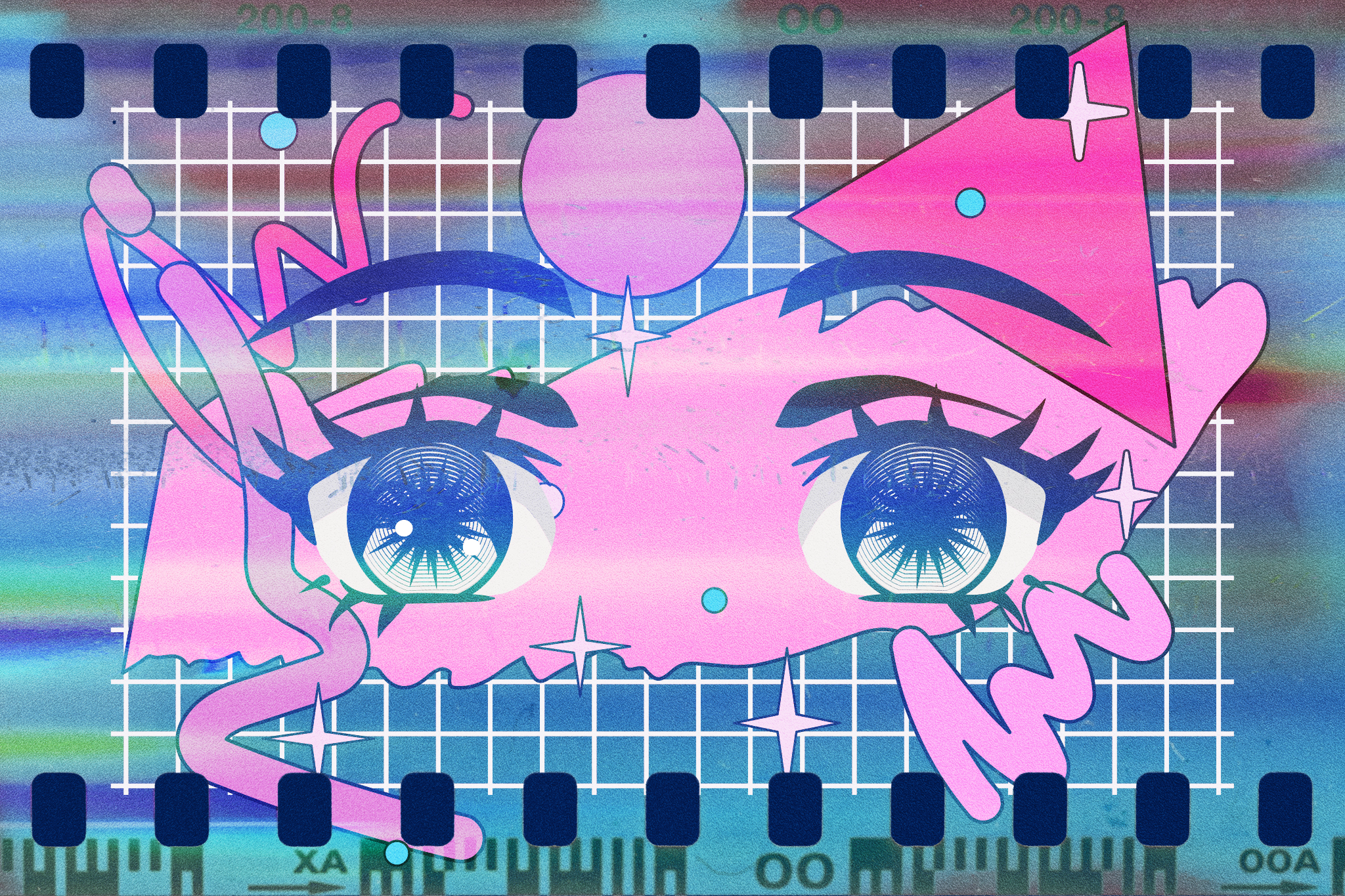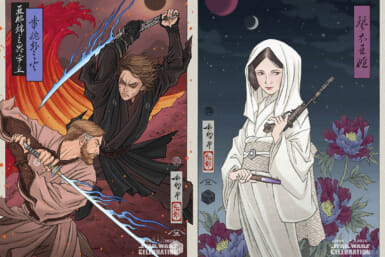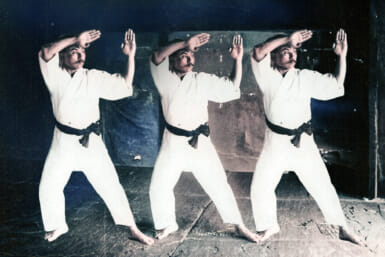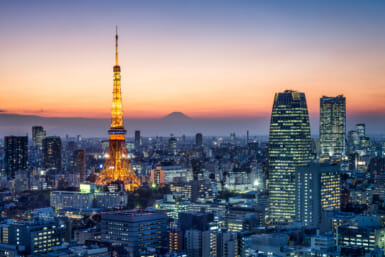It’s impossible to count the number of times that the iconic Akira bike scene has been used in various anime series, Hollywood films and popular TV shows. Moviegoers are usually quick to notice similarities. While some creators acknowledge influences, many more have denied them altogether. Western media and Japanese media, however, are known to borrow from each other liberally, coming to a point now that it’s impossible to say who copied who first.
There are famous comparisons between Hollywood films and anime, namely Inception (2010) and Paprika (2006), The Matrix (1999) and Ghost in the Shell (1995), or the notorious Walt Disney‘s The Lion King (1994) and Osamu Tezuka’s Kimba the White Lion (1965-1966).
Hollywood auteur Darren Aronofsky has also borrowed from anime. He has clearly taken note of Satoshi Kon’s feature Perfect Blue (1997) in two of his films, Black Swan (2010) and Requiem for a Dream (2000).
These are well-known examples in which directors have clearly been influenced by various anime but haven’t credited them. Here are four more examples of films and series that you may not know paid homage to well-known Japanese anime series and movies.
1.
Turning Red (2022)
Turning Red is Disney and Pixar’s 2022 original animated feature film directed by Domee Shi. The film features a 13-year-old girl named Mei and her struggles with growing up and puberty. It also features mother-daughter relationships and generational family trauma.
Shi openly admits that different elements of Turning Red were inspired by various anime including Sailor Moon (1992-1997), Ranma ½ (1989-1992), Fruits Basket (2001), Inuyasha (2000-2004) and My Neighbor Totoro (1988). Mei and her friendship with her group of gal pals was inspired by the five Sailor Scouts themselves. Her magical transformation is a reference to the metamorphoses found in Fruits Basket and especially Ranma ½ where the main character’s father turns into a panda.
The troubles of growing into young adulthood in Fruits Basket is also a plotline which Shi references. Mei and her maternal family have ties with spiritual ancestry and live on family temple grounds which is a clear homage to Inuyasha.
2.
Clash of the Titans (2010)
Louis Leterrier, director of Clash of the Titans, is a big fan of manga and anime. He is also a devotee, in particular, of Saint Seiya (1987-1989), a manga written and illustrated by Masami Kurumada, along with its anime interpretation. The manga is based on a couple of characters from Greek mythology which is quite similar to Clash of the Titans. Saint Seiya features five mystical warriors who are called the Saints. They fight to protect the reincarnation of the Greek goddess Athena and fight against gods who want to rule and take over Earth.
Leterrier’s film features Perseus, a demigod and son of Zeus, who fights against Hades who wants to conquer both Olympus and Earth. Leterrier has referenced the armor used in Clash of the Titans as a direct homage to his beloved Saint Seiya series. In Saint Seiya, the armor is called “cloths” which are holy sets of armor, designed with a particular constellation in which each warrior is associated. Leterrier even asked Kurumada to design the Clash of the Titans posters for the Japan film release.
3.
Stranger Things (2016-)
Stranger Things is a hit Netflix series that started airing on the streaming platform in 2016. The science fiction horror show features a female protagonist named Eleven who has psychokinetic powers and escapes a secret government research laboratory where she had been subject to cruel and painful experiments.
A similar character held in a government lab is Lucy from the Elfen Lied (2004) anime. Lucy is a Diclonius, a humanoid creature with horns on its head. She has the power to control Vectors, invisible telekinetic arms that let Diclonius control their surroundings. Lucy was also experimented on in a secret government center because of her powers. Similar to Eleven, Lucy goes berserk, killing her enslavers and escaping the laboratory.
One noticeable difference, however, is that due to Lucy’s injury during her escape, she takes on a second personality. This second personality is immature and innocent, with limited speech capacity and complete amnesia. However, that in turn, makes her more similar to Eleven who also has limited speech capacity because she was raised in a lab.
In a 2016 interview with the Daily Beast, the creators and directors of the hit Netflix show, Matt and Ross Duffer, clearly stated that Elfen Lied had so many parts that they liked, especially the character of Eleven. The Duffer Brothers also noted that Elfen Lied itself is influenced by Akira (1988). At the time of writing, it’s confirmed that an animated series called Stranger Things Tokyo is in production by Netflix.
4.
Looper (2012)
Rian Johnson, writer and director of The Last Jedi and Knives Out, also references Akira as the inspiration behind his film Looper, a popular time travel flick. While the plotlines are quite different, as time travel is not the main plot device in Akira, Johnson was influenced by the character setting involving gangs, dystopian cities and most notably a villain with psychic powers.
Akira, created by Katsuhiro Otomo, takes place in a futuristic Tokyo in the year of 2019, 31 years after an explosion and World War III. The city of Tokyo was rebuilt as Neo Tokyo, where Shotaro Kaneda, a leader of a motorcycle gang lives. His childhood friend Tetsuo Shima somehow gains telekinetic powers after a motorcycle accident, quickly being captured by the government who experiment on him and his new powers.
Looper takes place 30 years into the future and in the past, with the year 2047 being the middle point, 30 years before time travel was invented. The main character Joe is a skilled hitman who is hired by the gangster mob running the city. Anytime the mob wants to get rid of someone, they pull the victim back into the past, where Joe is waiting to take the shot and hides the body. The antagonist of Looper is Cid, who has telekinetic powers and turns evil.









